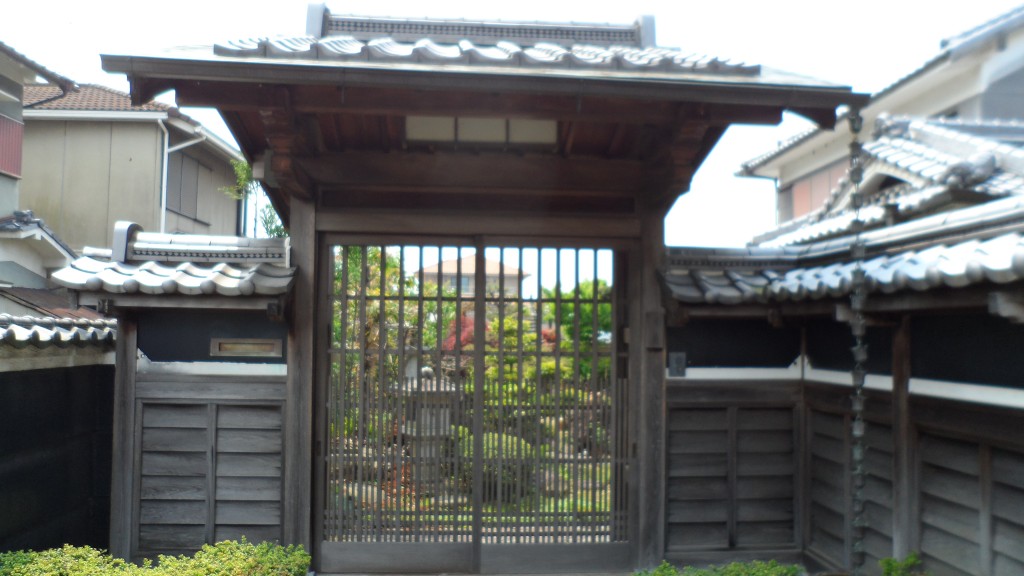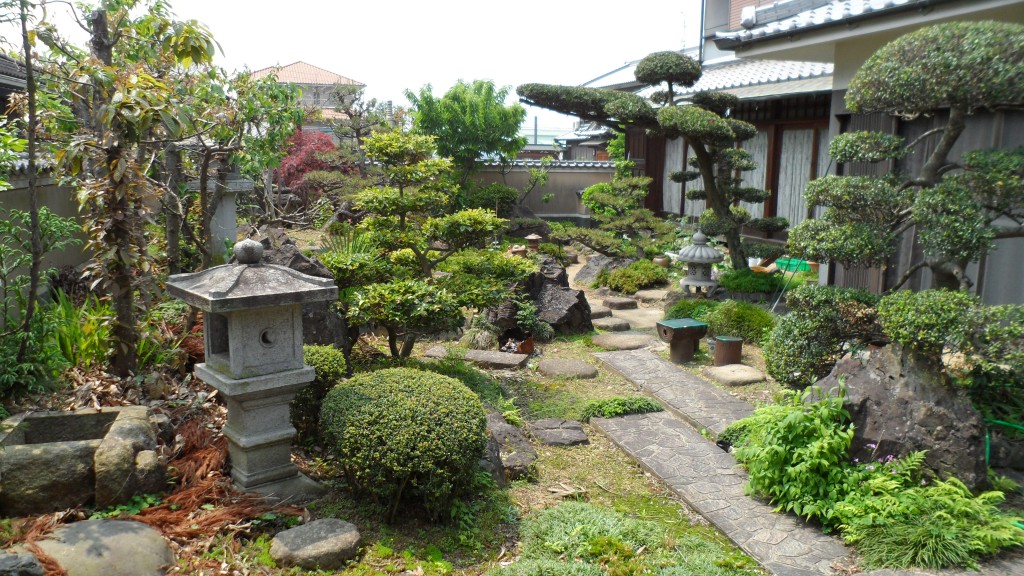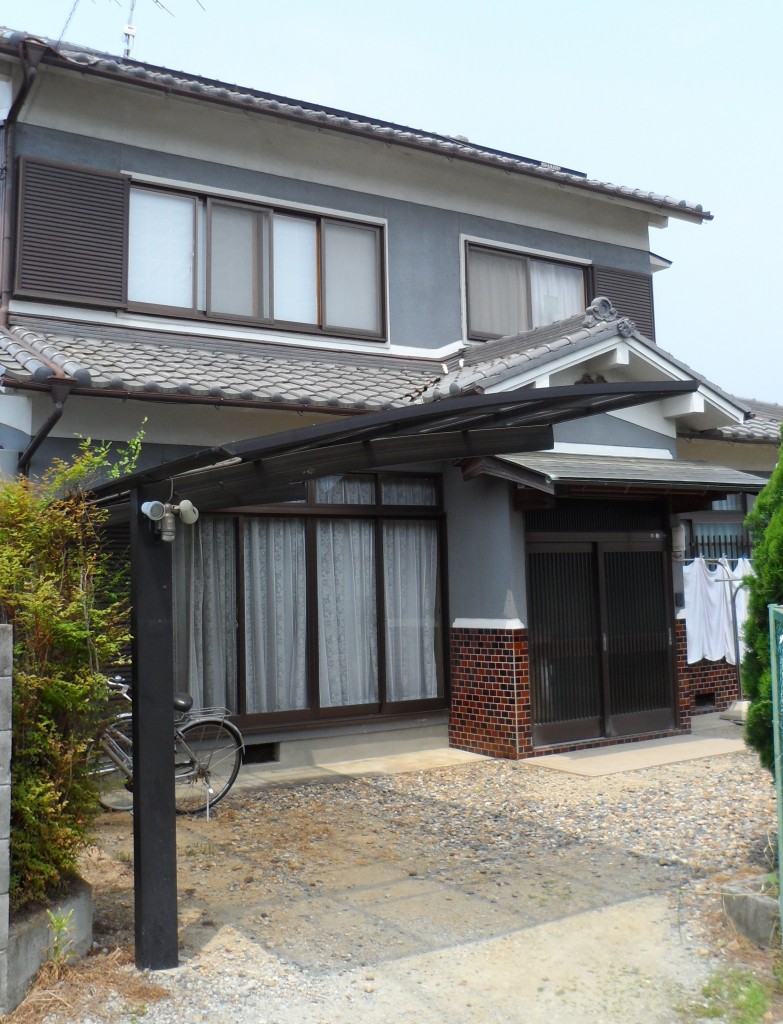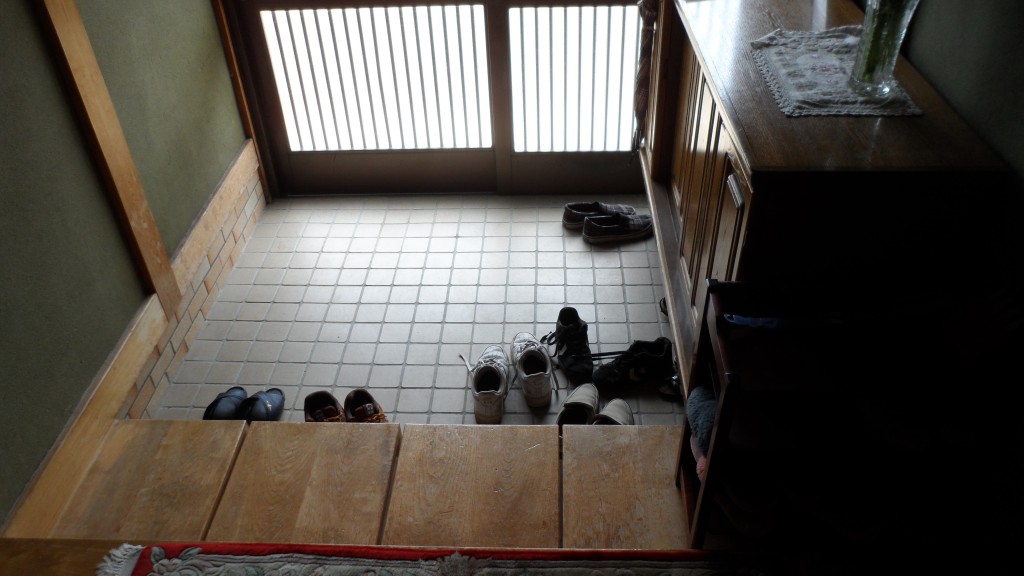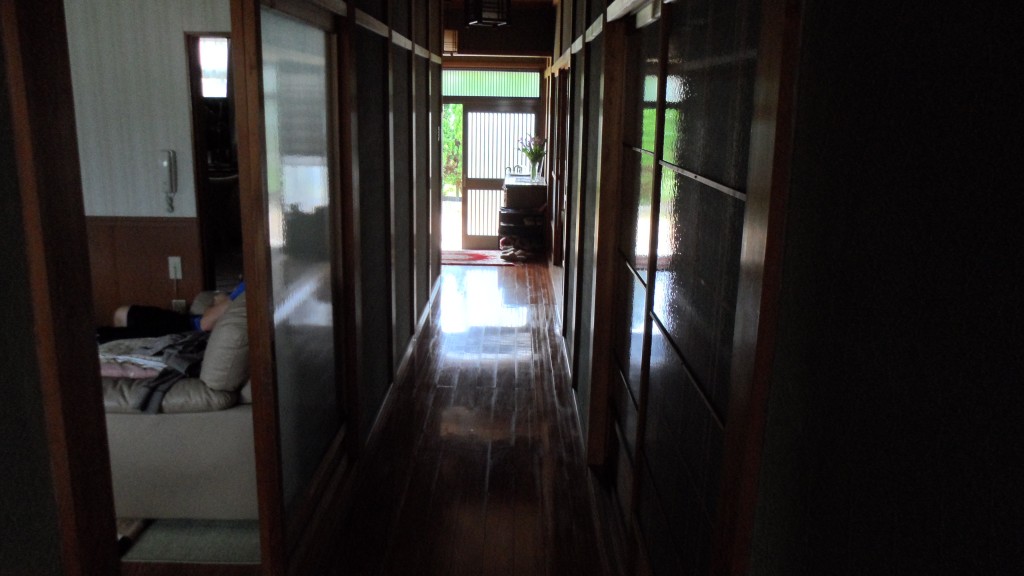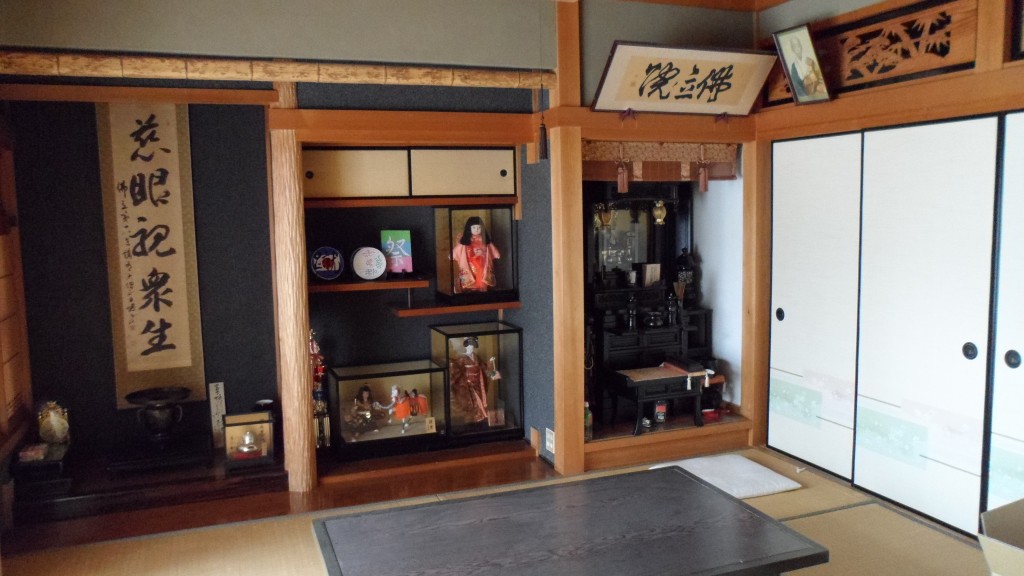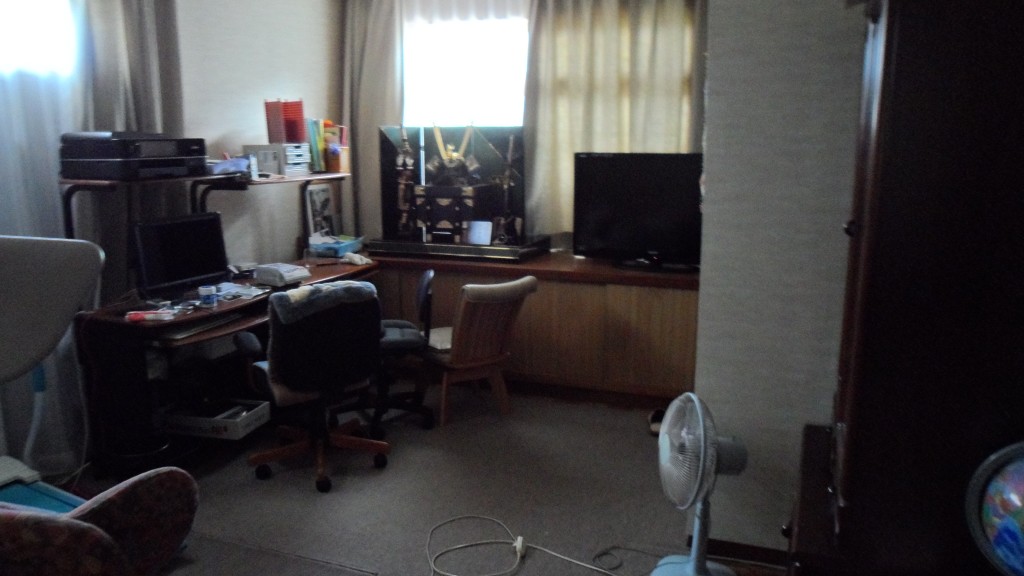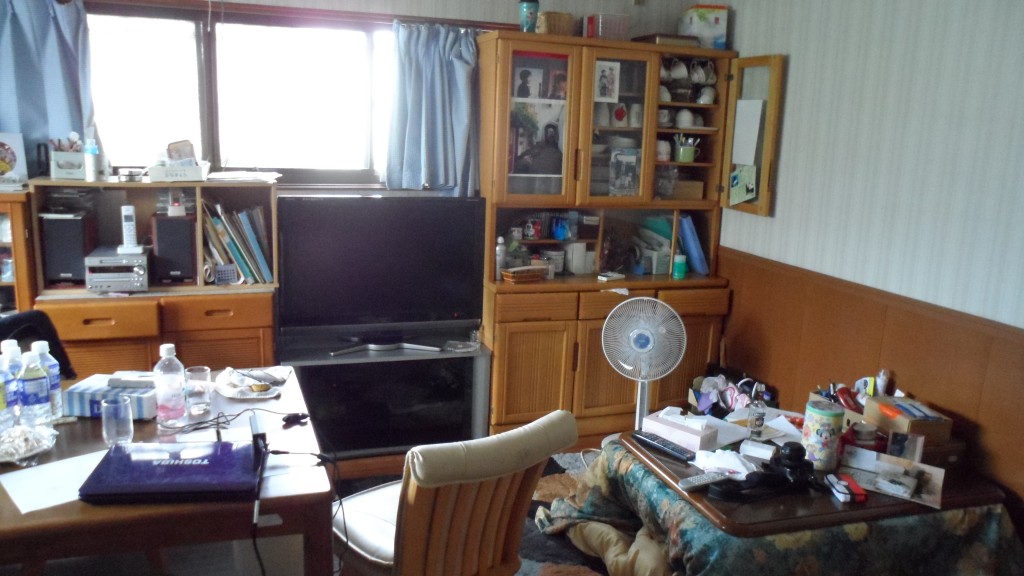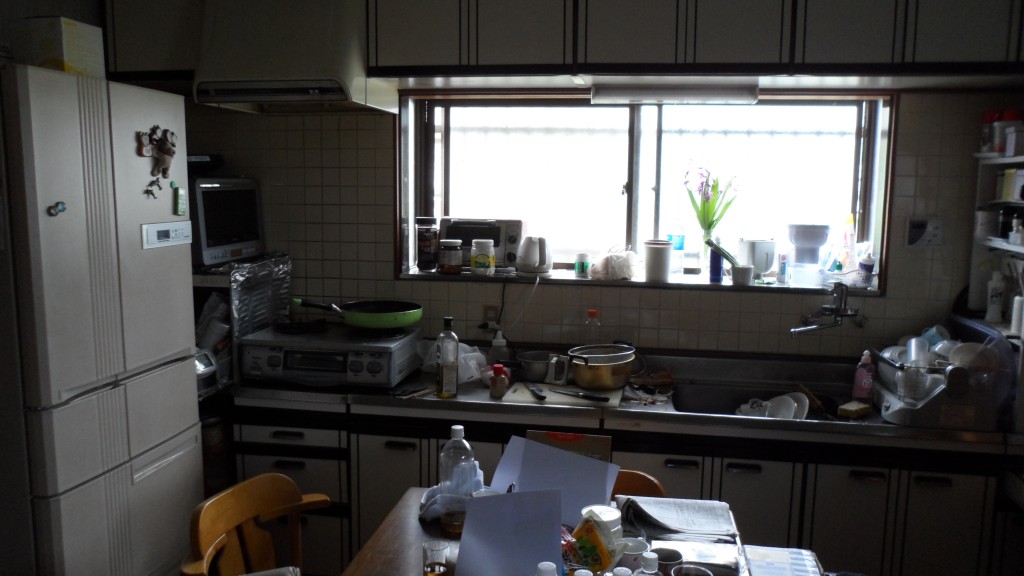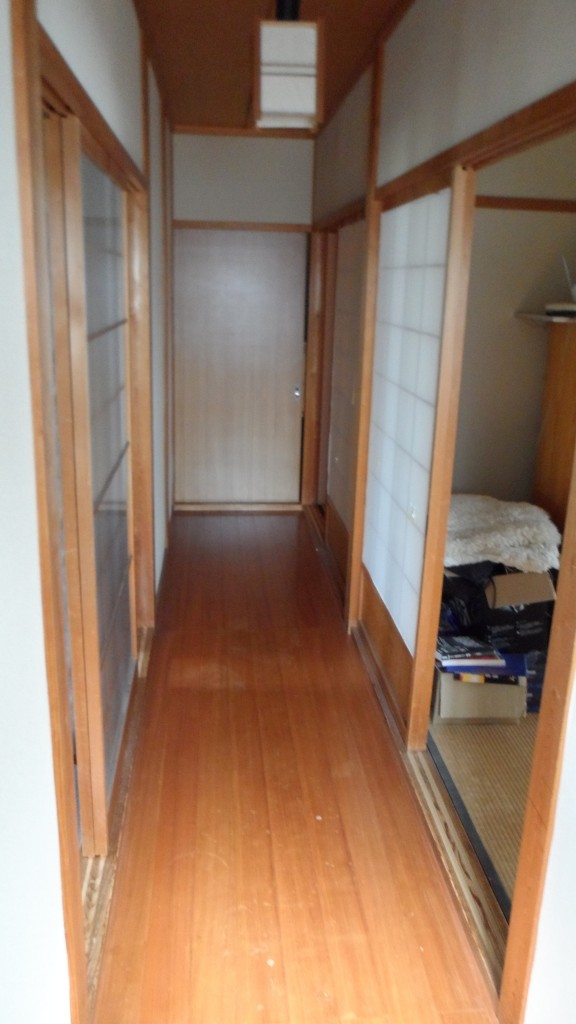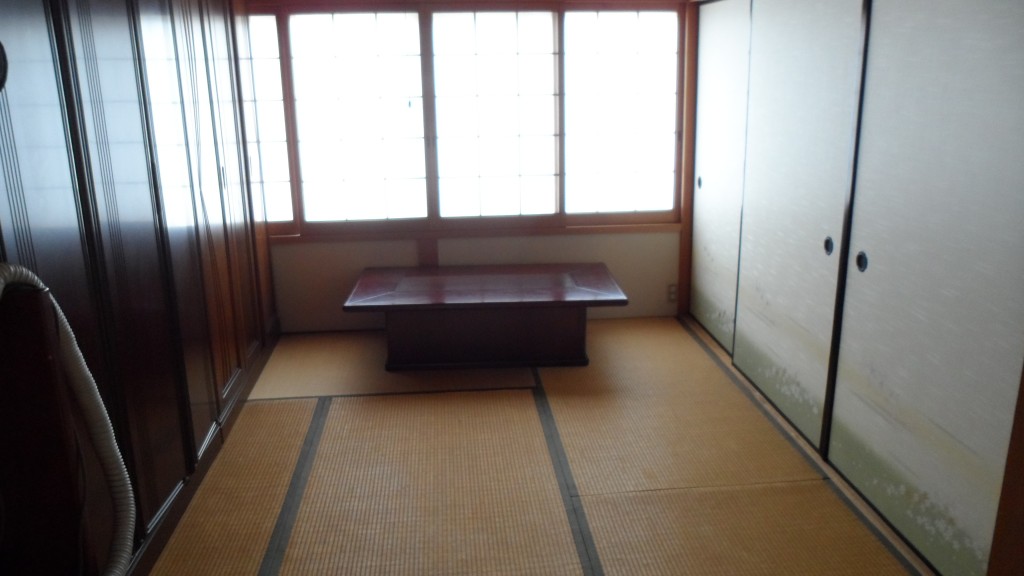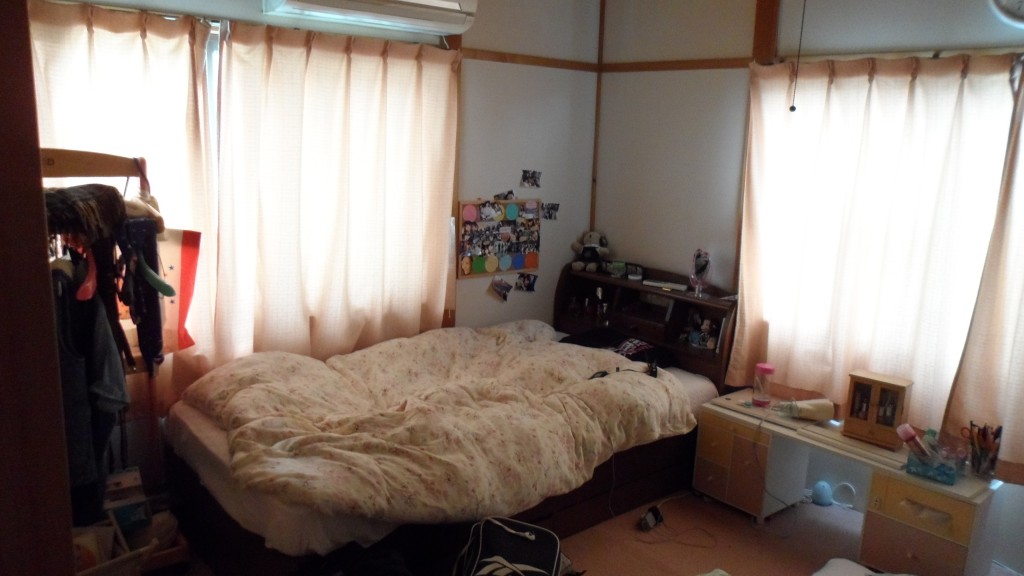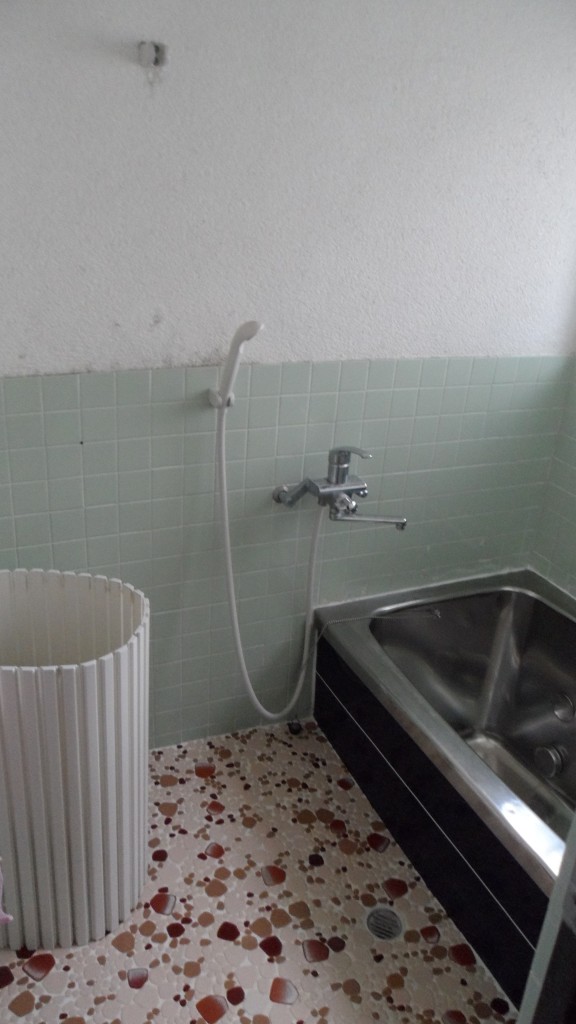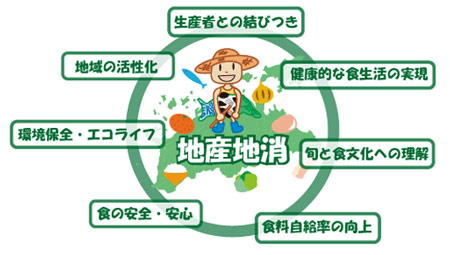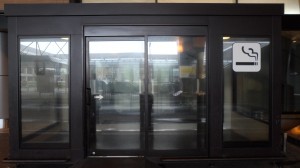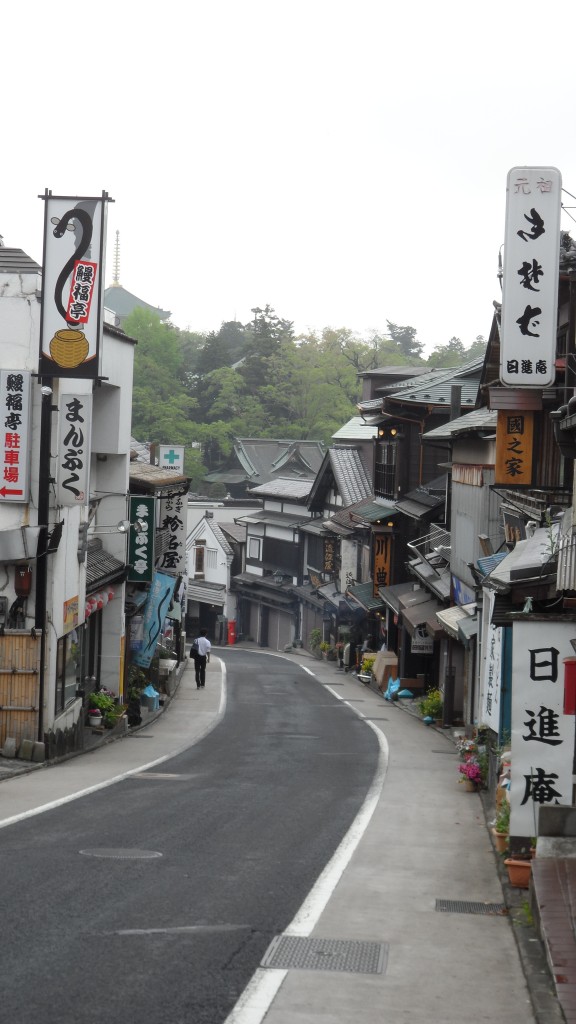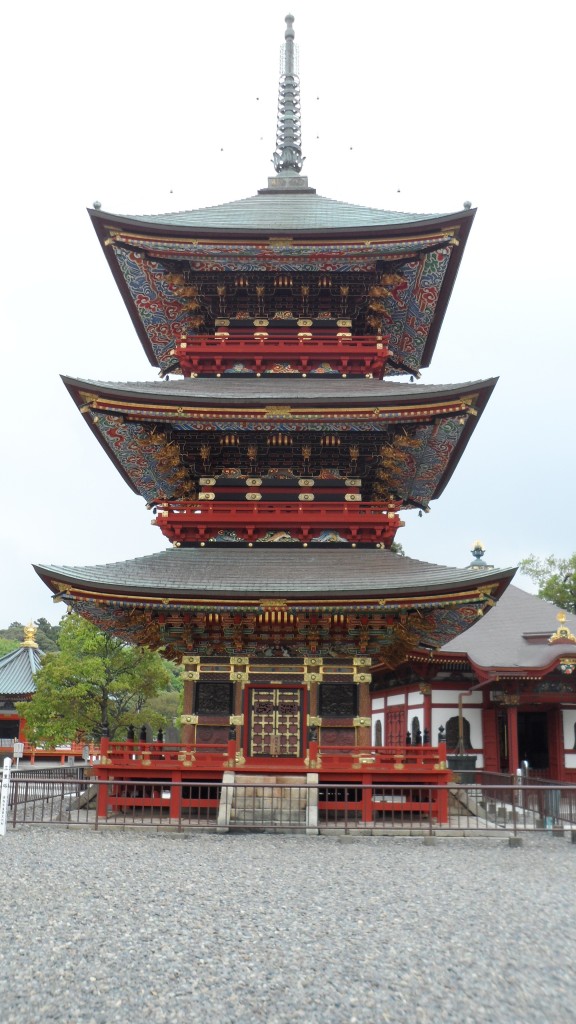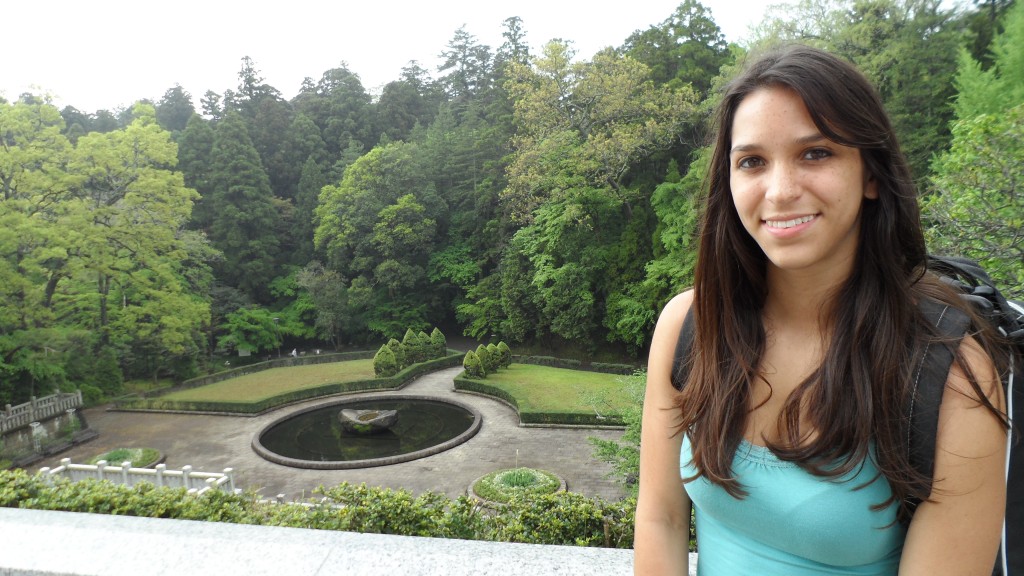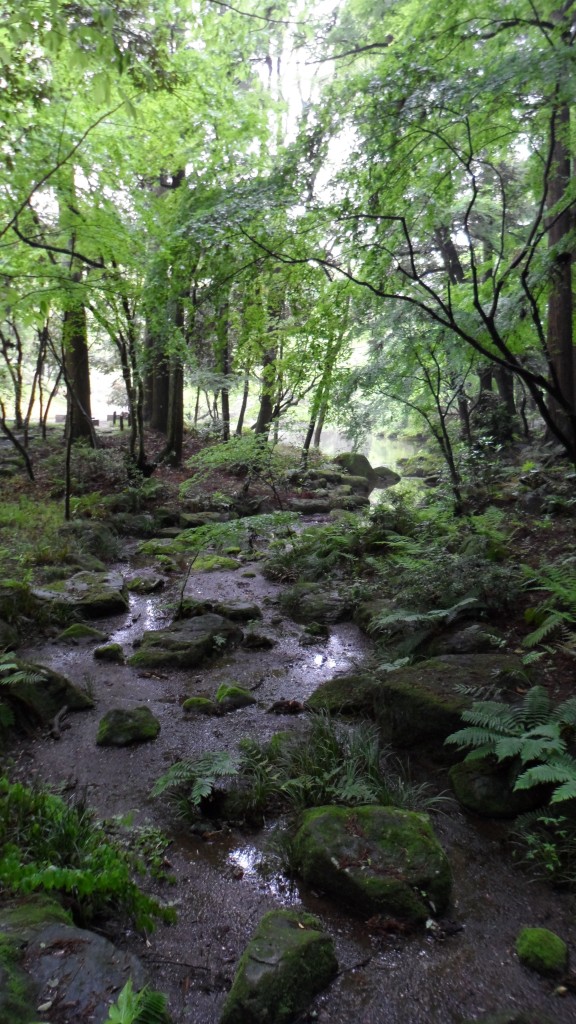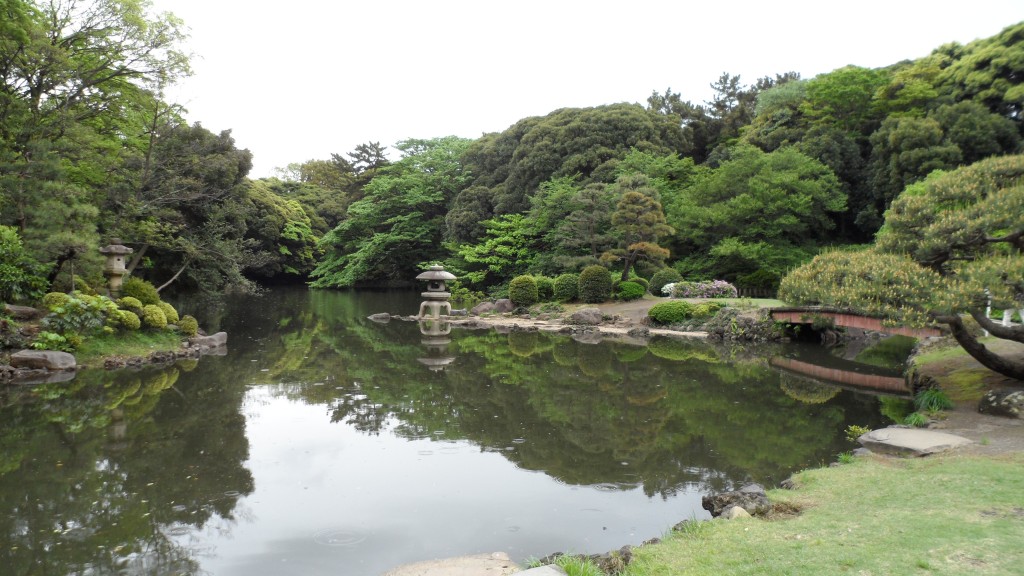In this blog, instead of focusing on just one type of organic farming done in Japan, I will try to cover as many schools of thought that I can learn about while I am here studying sustainable living and farming. First, I will cover the method of natural farming or “Do-Nothing Farming” which was started by Masanobu Fukuoka.
The natural farming method stresses these main principles: no plowing, no weeding, and no fertilizers or pesticides. This method follows the philosophy that crops should be allowed to grow freely and naturally with little human intervention, except when necessary. The method does not use fertilizers or chemicals and uses very little water. It also encourages grow crops according to their proper environment.
No Plowing
There are many organisms that live in the ground that are very beneficial to crops. They work breaking down matter, giving nutrients to plants, aerating the soil, and other acts vital for farming. However, when land is plowed, many of these organisms are killed and the amount of beneficial organic matter is reduced. Also, plowing can leave soil vulnerable to wind and increases the rate of erosion.
No Weeding
Weeds should not be looked at as enemies. Instead, they should be recognized as important. Kawaguchi’s method does not use weeding, except in the early stages. He uses the analogy of parenthood: as a mother of father takes care of their children, farmers protect young crops until they can survive on their own. After the crops are big enough to survive themselves, the weeds need not be taken out. Many people think that weeds compete with the crops and cause a lesser yield, but if they are prevented from overtaking young crops, the affect is minimal. In fact, weeds can be beneficial. The weeds actually enrich the soil. In an uncultivated field, after each cycle, the plants die and the dead organisms pile up, enriching the soil more and more every year.
No Fertilizers or Pesticides
When an whole ecosystem is allowed to exist in harmony with the crops, the decaying organisms will provide fertilizer for the crops and symbiotic relationships will form. Some “weeds” provide food for the crops and can also deter certain pests. Even more, the absence of chemical fertilizer, which often attracts pests, mostly eliminates the need for pesticides. By allowing the ecosystem to work naturally, many common threats to agriculture can be eliminated.
